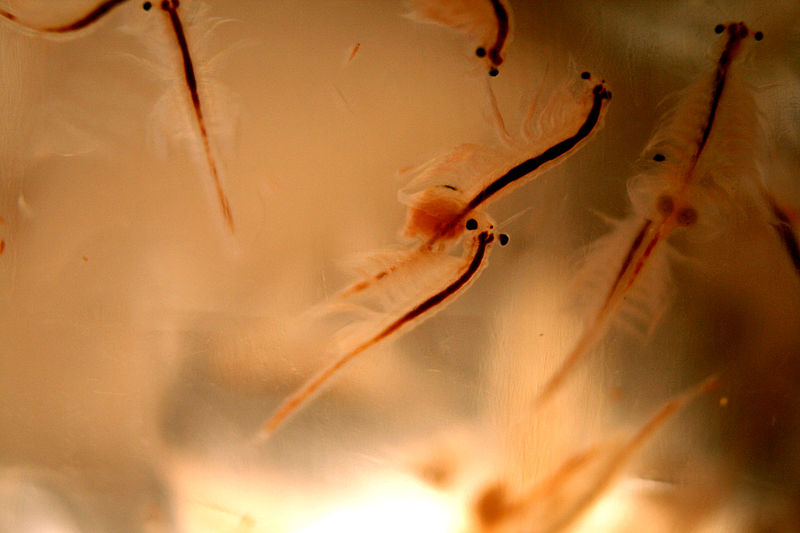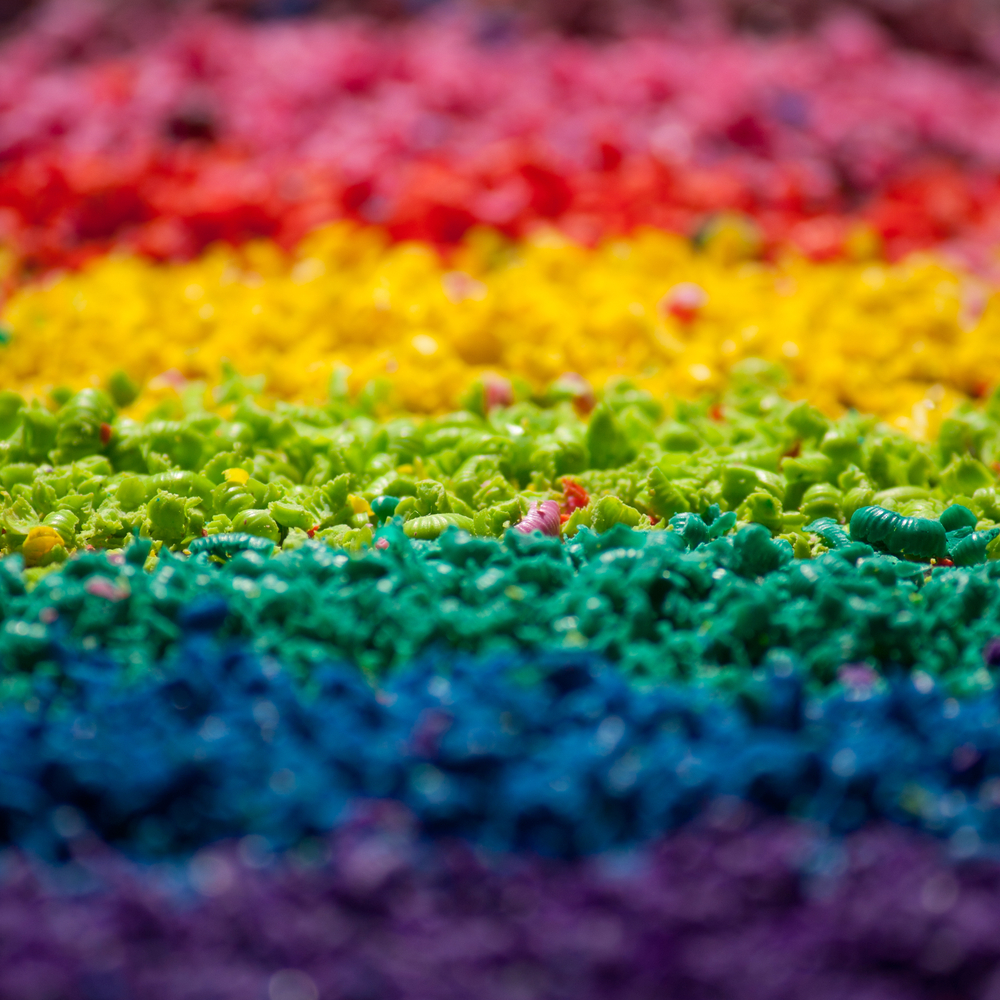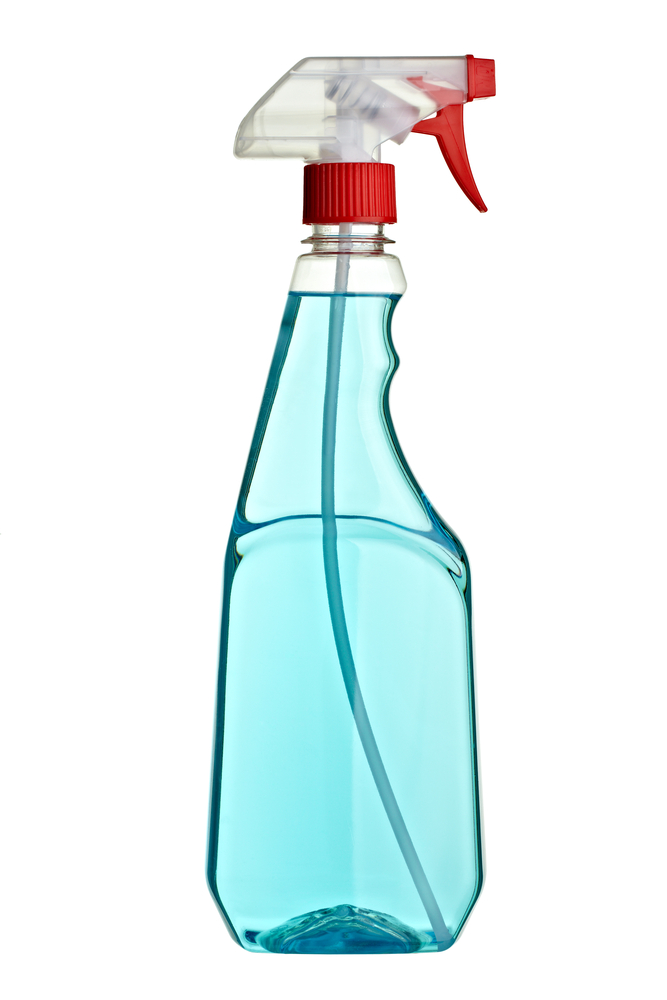High School Science Fair Projects
By high school, students should be familiar with scientific methods and processes and have a grasp of basic science principles. Your high school science teacher will assign science fair projects with the goal of helping you develop the ability to apply knowledge of science processes to learn something new.
Doing a science fair project is like doing a real world job assignment. You will be using skills you have learned throughout your education to research a question or problem, develop possible solutions, design a test for your chosen solution and present your findings.
Project components
At the high school level, a science fair project typically must have the following components. However, you must carefully read the particular guidelines provided by your teacher or the science fair rules and follow them exactly.
Proposal: This is a very brief description of the experiment you plan to do. This short paragraph will help you get a very clear idea of what you are going to do. You may be required to turn this in to your teacher very early, before you do any other work. It allows the teacher to check that your planned experiment is safe, follows legal and ethical rules, and is not a simple demonstration.
Title: This is the name of your experiment. It is a good idea to use your science question as the title for your project.
Purpose: This is a statement describing what it is you want to find out by doing the experiment. It describes why you are interested in the topic that you chose and what you think you will learn. Students often include ideas about why the experiment is important and how the information you learn could benefit others.
Hypothesis: This is a prediction of what you think will happen in the experiment. This prediction must be based on some research, prior knowledge or observations. It should be stated in an “If/Then” format.
Get the world’s most fascinating discoveries delivered straight to your inbox.
“If soil type affects erosion rates, then sandy soils will erode faster than clay soils.”
Materials list: All the equipment and resources needed to do the experiment.
Procedure: This is a step-by-step set of instructions for the experiment. It must be very detailed and include accurate measurements of materials needed for each step.
Results: This is where you document each phase of the experiment. It often includes experiment in different stages as well.
Research paper: This is usually a 2-3 page paper on a topic related to your experiment. You will include a history of similar experiments or inventions and their real-world applications. Define any specialized terms used in the experiment and show any mathematical formulas that you had to use.
Bibliography and References
Science fair project ideas
Stumped for ideas? First, review our guide on how to choose a science fair project. If you still need some help, here are some ideas for good science fair projects at the high school level.
Idea No. 1: How do changes in acidity affect the survival rates of an invertebrate population?
*Remember that it is against the rules in most science fairs to use vertebrate animals as subjects. Brine shrimp are not expensive and can be used as subjects for a variety of projects.*
1. In your background research, determine the average pH of the surface or groundwater in different areas of the country. Discuss how and why acid rain forms and how people monitor environmental pH. Find out what is being done to reduce acid rain and what might be the consequences of failing to control the problem.
2. Hatch some brine shrimp eggs (obtained from a science supply website or catalog) in a glass container. Shrimp should be hatched in a saltwater solution (1 teaspoon non-iodized or sea salt per cup of distilled water). Use baking soda and a pH meter or litmus paper to adjust the pH of the hatchery to about 7.5.
3. Hypothesize about the effects of an increasingly acid environment on the animals.
4. Divide the shrimp into several groups in different containers, being sure to leave a control group in the original hatchery and keeping it at a pH of 7.5.
5. Over a period of days, increase the pH of the test aquariums slowly by adding a few drops of white vinegar to the water each day. Adjust the pH slowly (abrupt changes will kill the shrimp) for each test group until the water pH is equal to the pH levels of water in different parts of the country.
6. Feed brine shrimp a few grains of yeast every other day, making sure to feed each group an equal amount.
Other possible brine shrimp projects could test the effects of caffeine or other pollutants. You could also try an experiment to test the effects of crowding the population.
Idea No. 2: What materials can be used to make successful pigments?
*Note that your dependent variable is the success of the pigments, how will you determine which were most successful?*
1. Research the ways in which ancient tribes or medieval artists created the paints they used for their masterpieces. Some of these were very dangerous and toxic such as using arsenic or mercuric sulfide, but many are safe and interesting to recreate as a science project that can also teach you some history.
2. Try polishing a small piece of copper with steel wool and brushing with vinegar. Let it dry and scrape off the green verdigris. Save the flakes in an envelope.
3. Scrape the soot that accumulates on a glass candle holder when the candle is burned.
4. Brew some very strong tea; add a few iron nails or iron filings, and a teaspoon of vinegar. Steep the mixture overnight and then remove the iron. Keep the mixture in a small glass jar with a lid.
5. Mix your pigments with raw egg to reconstitute them. This tempera will help the colors adhere to the paper. Research other fixatives used by artists throughout history.
6. Use smooth vellum paper (available at stationery or scrapbook stores) to simulate the paper used by medieval monks or use artist’s canvas for your testing surface. If you are more interested in cave paintings use smooth tiles to simulate cave walls.
7. Hypothesize about other ways to obtain pigments and conduct experiments with other fixatives. Are there other plant materials that can be brewed like the tea to make other colors? Are there local minerals you could grind?
Remember to wear gloves and never taste any of your solutions. Use pots that you will not use to cook anything else if you experiment with local plants. It is a good idea to boil unknown plants outdoors as well.
Researching other historic processes like soap making, fabric dyes, papermaking or perfumes can also result in interesting projects.
Idea No. 3: What can be done to increase the amount of oil that can be moved through a pump?
1. Use a clear spray bottle to simulate a crude oil pumping station. Half-fill the bottle with pea-sized gravel and add 100 milliliters of vegetable oil. Replace the spray top, making sure that long bottom tube of the spray apparatus is as far down in the bottle as possible.
2. Attach one end of a piece of aquarium tubing to the outside of the spray head and put the other end in a graduated cylinder. Pump the spray handle to increase the pressure within the bottle. Determine how much oil you can pump out.
3. Hypothesize about different ways to increase the amount of oil you can pump from the bottle. How can you change conditions of viscosity, temperature or solution to increase the oil yield? In doing your research, look for ways in which oil companies obtain oil from underground reservoirs or shale formations.
Solve a problem
Science is problem solving, and there are problems to solve in every area of human interest. Start your science project by thinking about the problems in some area that interests you! You will be much more likely to complete a successful project if you choose a topic and a problem that you find interesting.
Here are some places to start:
- WonderHowTo.com: Science Experiments
- ScienceBuddies.org
- Vecchione, Glen, "100 Award Winning Science Fair Projects" (Sterling Publishing Co., Inc. New York, N.Y.)
- Gurstelle, William, "Backyard Ballistics" (Chicago Review Press, Inc., Chicago, Ill.)
Related:






